The following glossary is designed to better understand the concepts we will be using, which will be seen very often in this world of technology. In this post, “Coding – A Glossary of Essential Terms,” we provide you with the most important and explain them.
ALGORITHM
There is a problem and a solution, isn’t there? To get to that solution, you have to perform steps; that set of steps is called algorithm.
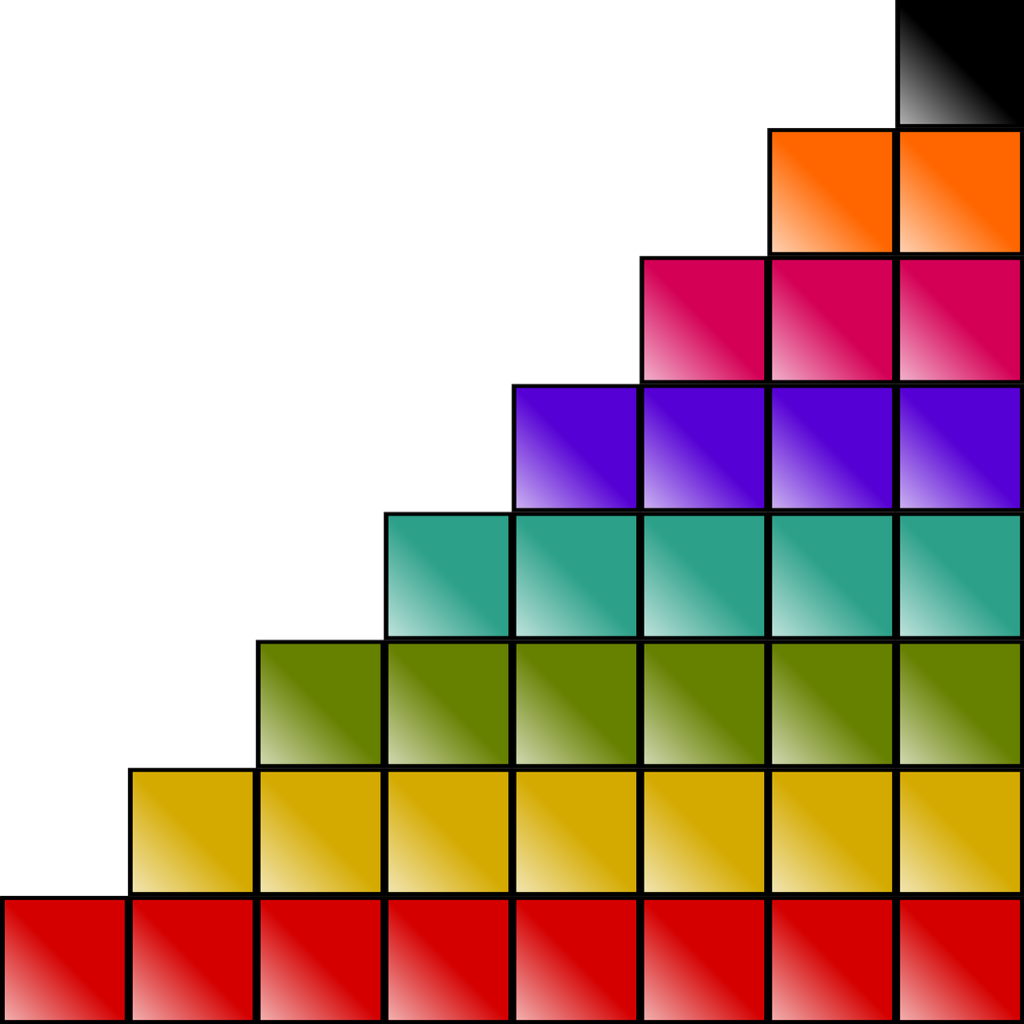
BUG
The bug is that thing doesn’t allow you to keep running. In this case, the system cannot continue running because of the error we call a bug.
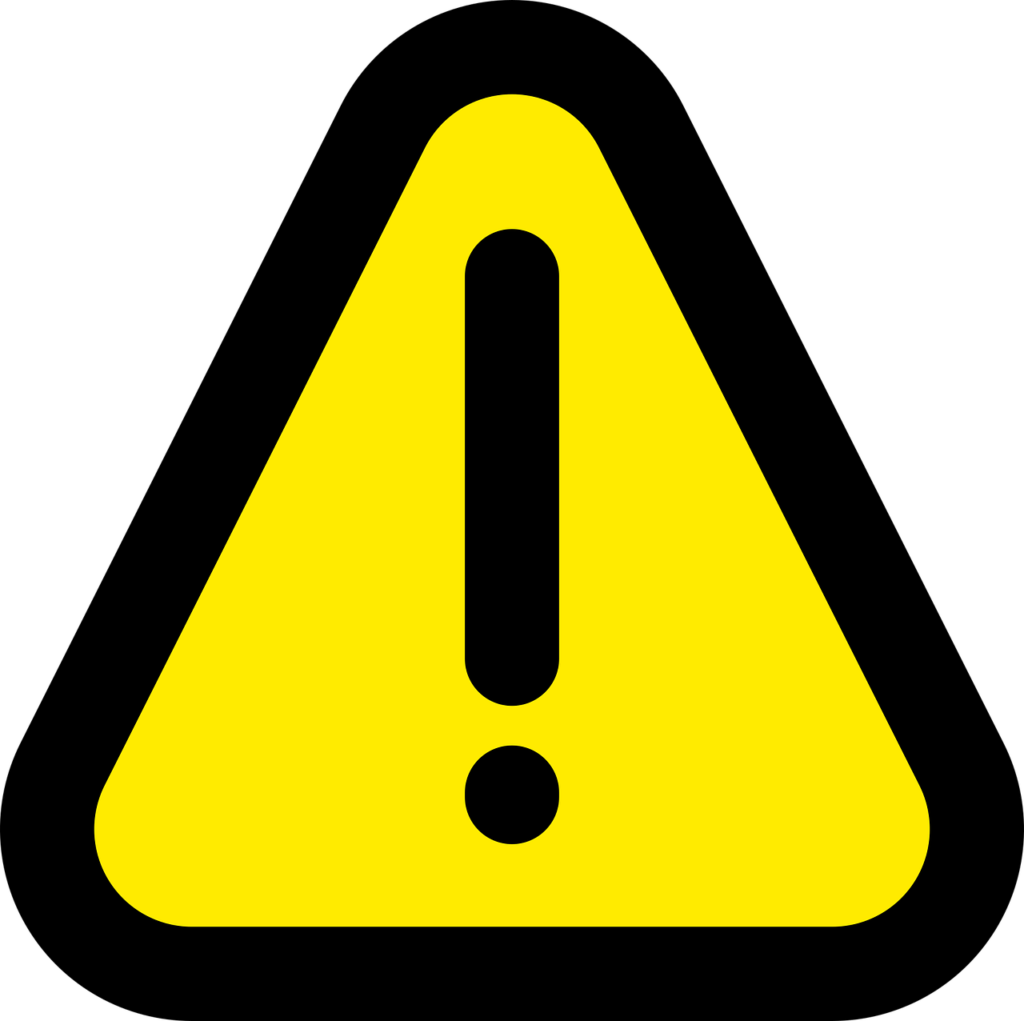
Blocky
Blocky Is a block-based programing language in which children can learn to program based on blocks and colors.
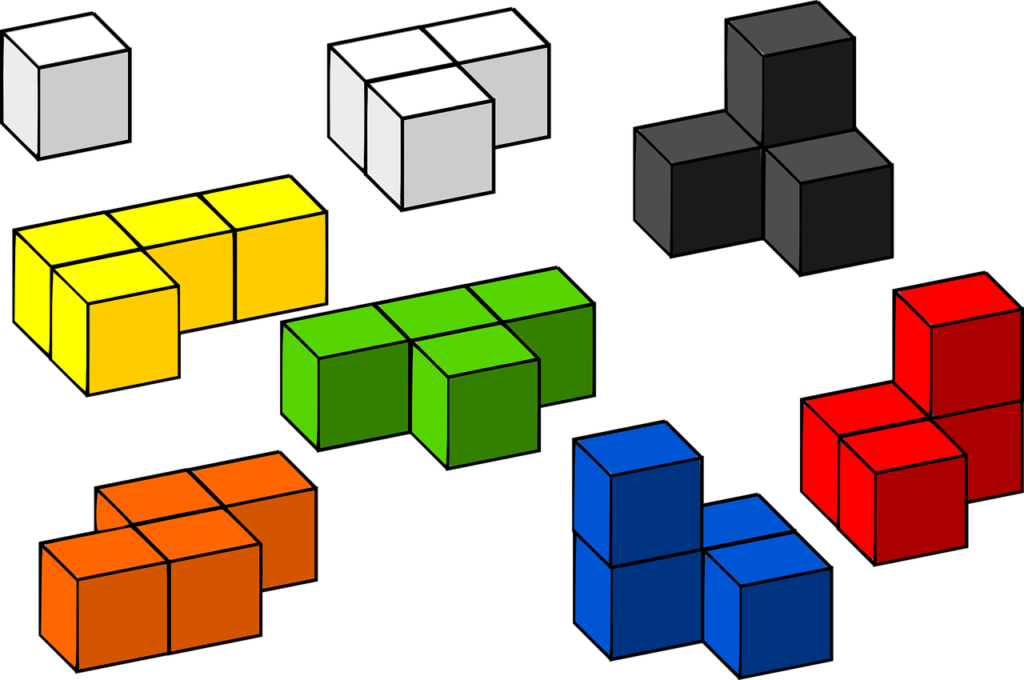
VARIABLE The variable is like a box where we can store information (numbers, names, characters, etc.) that can change.
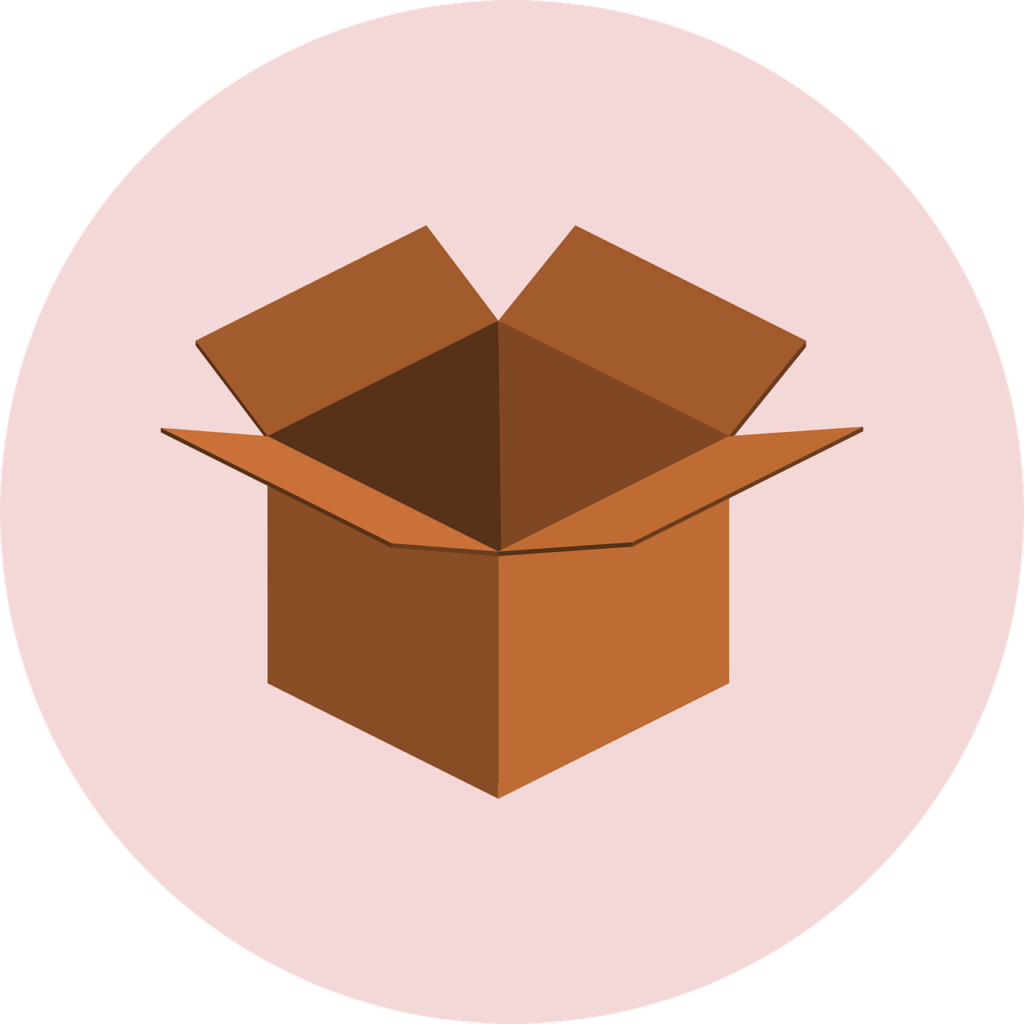
CODING is the process that allows us to create and build a computer program.
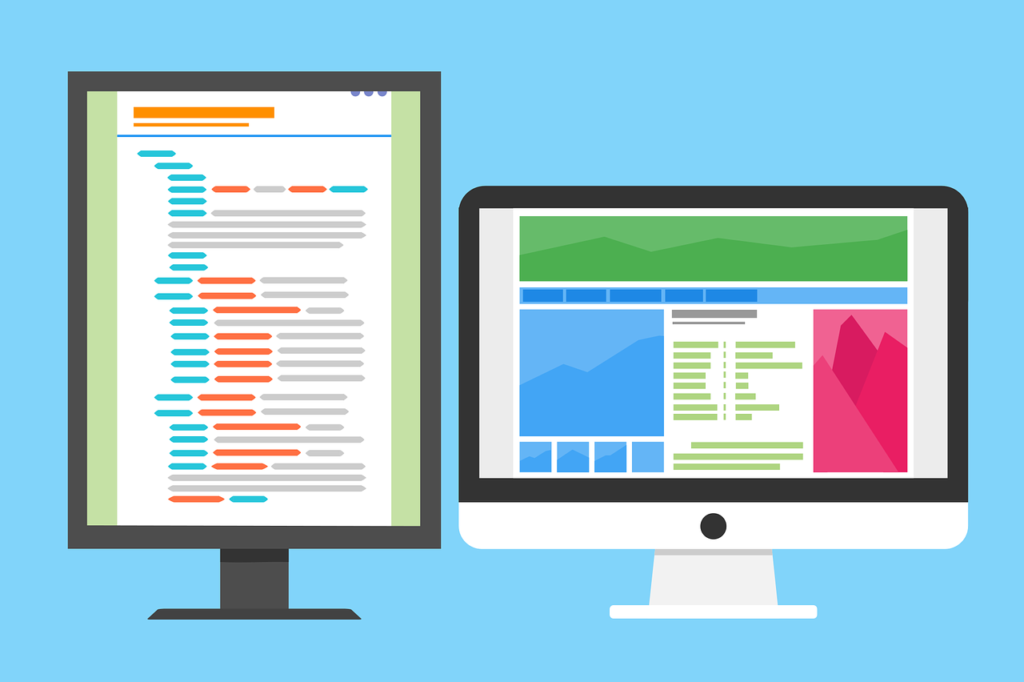
SCRATCH is a block-based programing language in which the children can develop their skills even if they don’t have coding knowledge. Scratch is an easy and funny way to learn about programming.
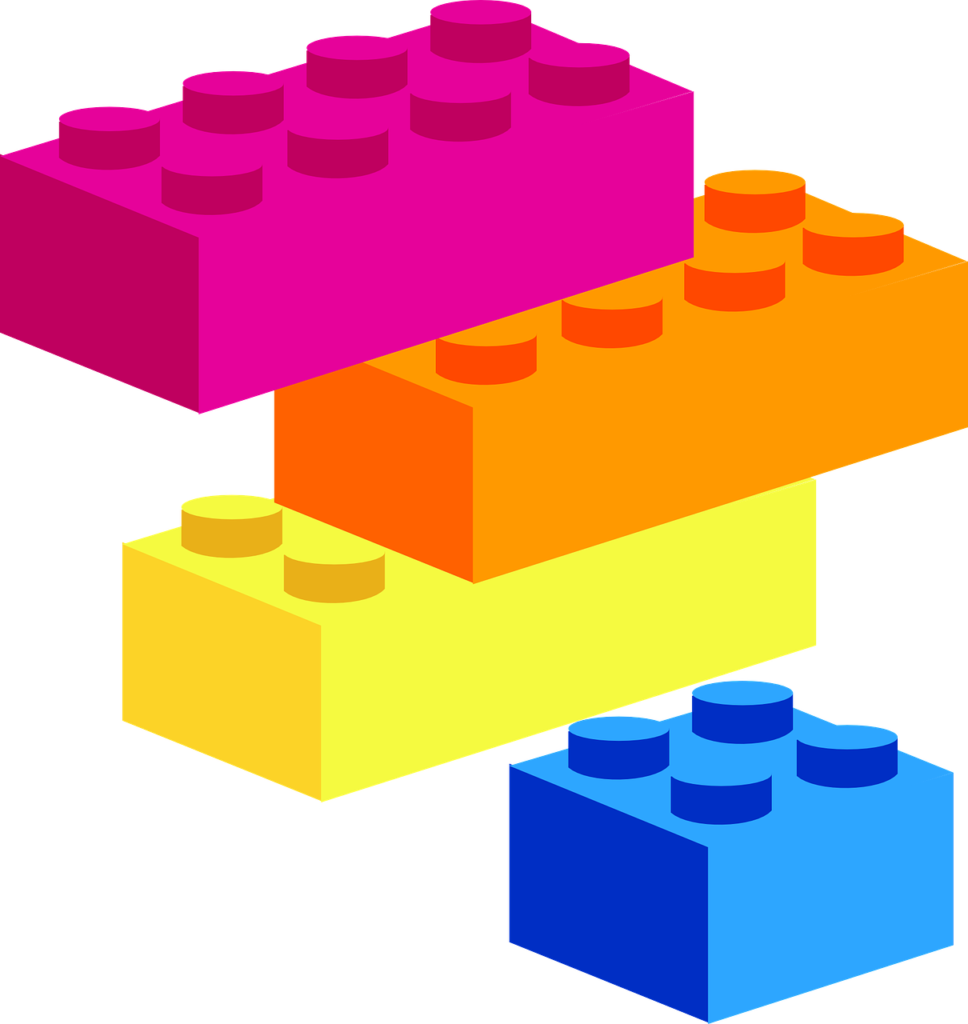
Command is the order that we give to the computer.
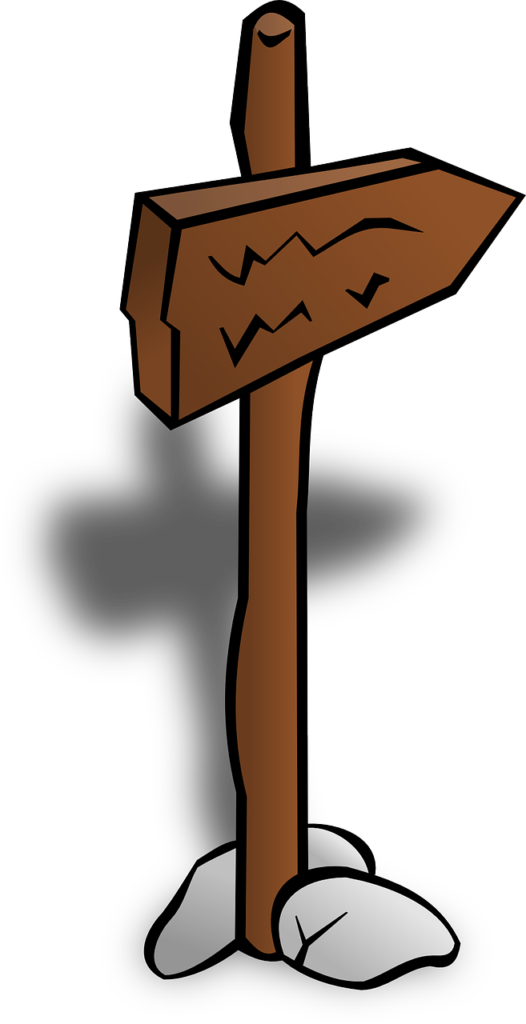
Conditionals announcements that only can going through under conditions.
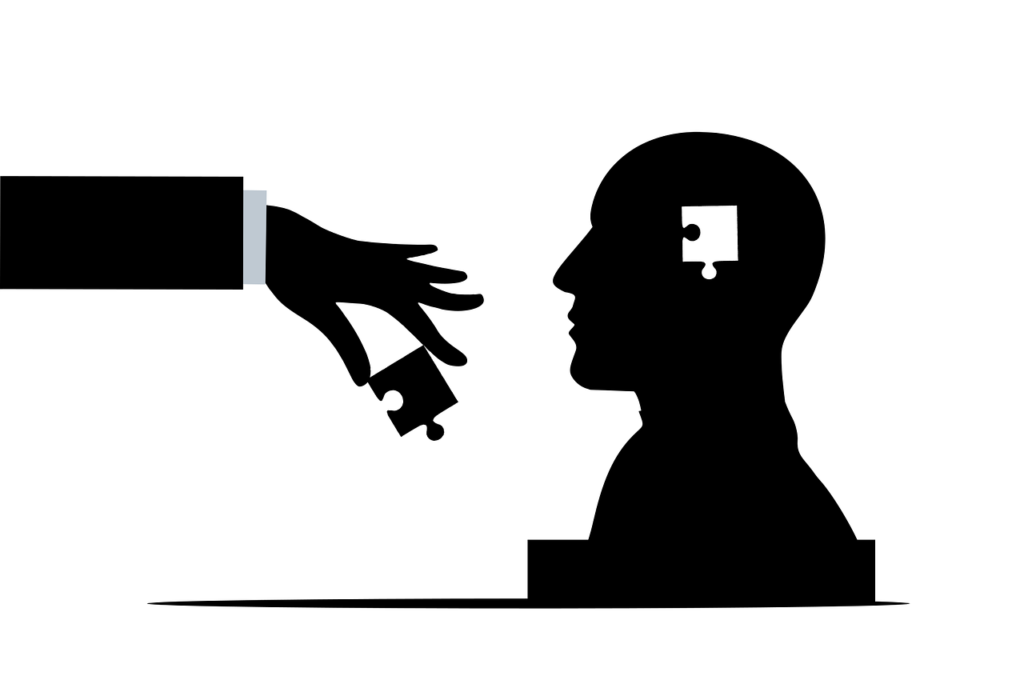
Debugging is the way that we take for us to find and solve a bug in the system or program.
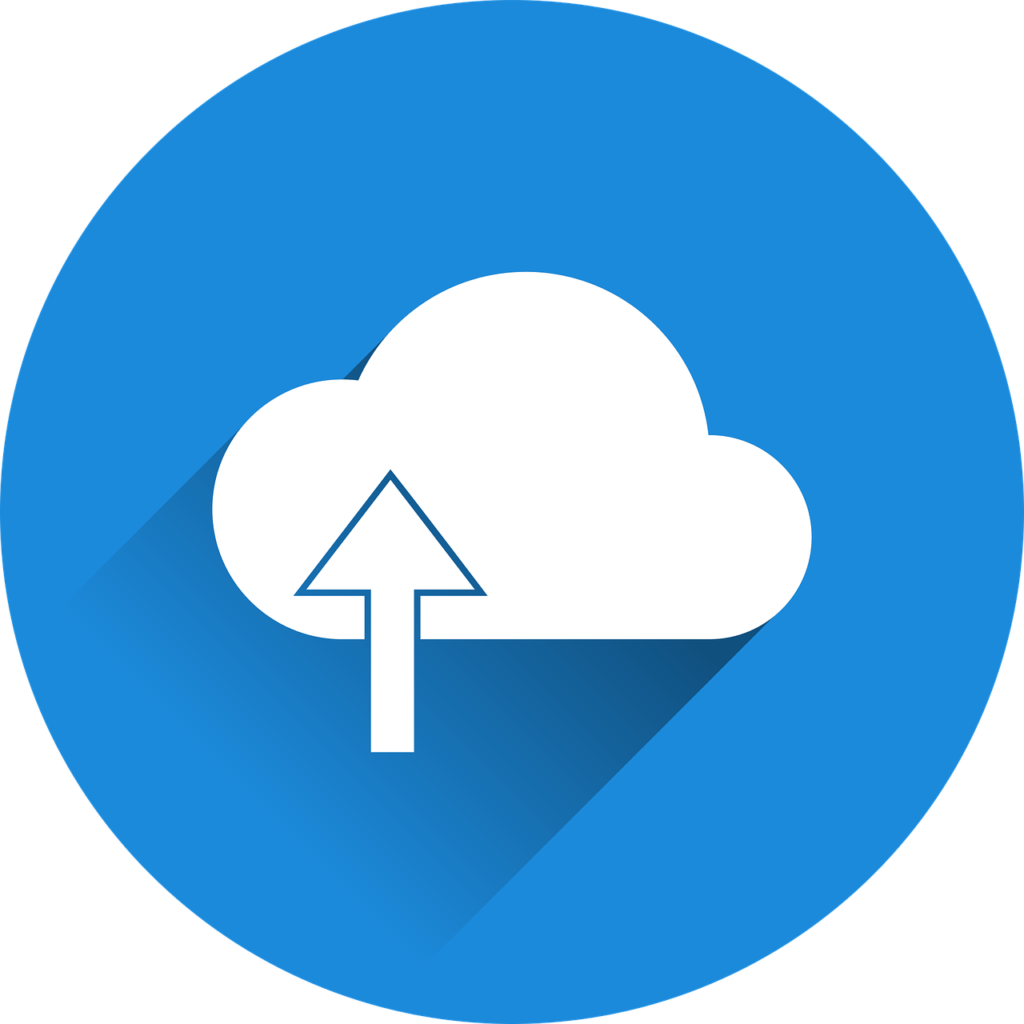
Drag is when you click on something, hold the button, and move the mouse to another location.
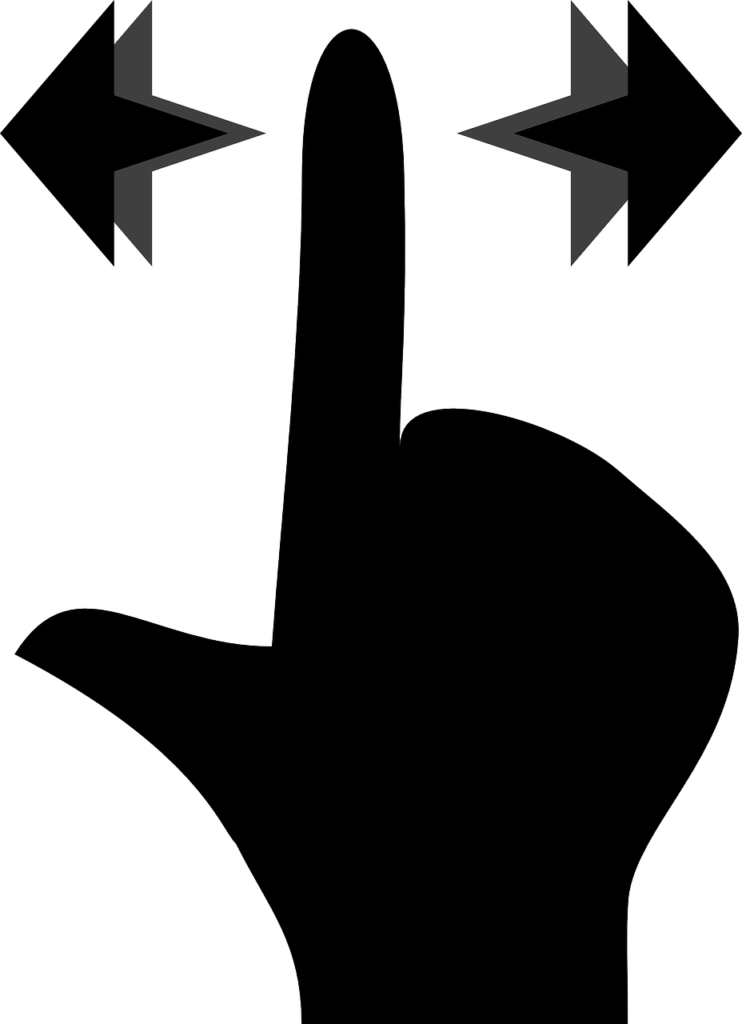
Drop after dragging, when you release the item that you were moving, that action is called drop.
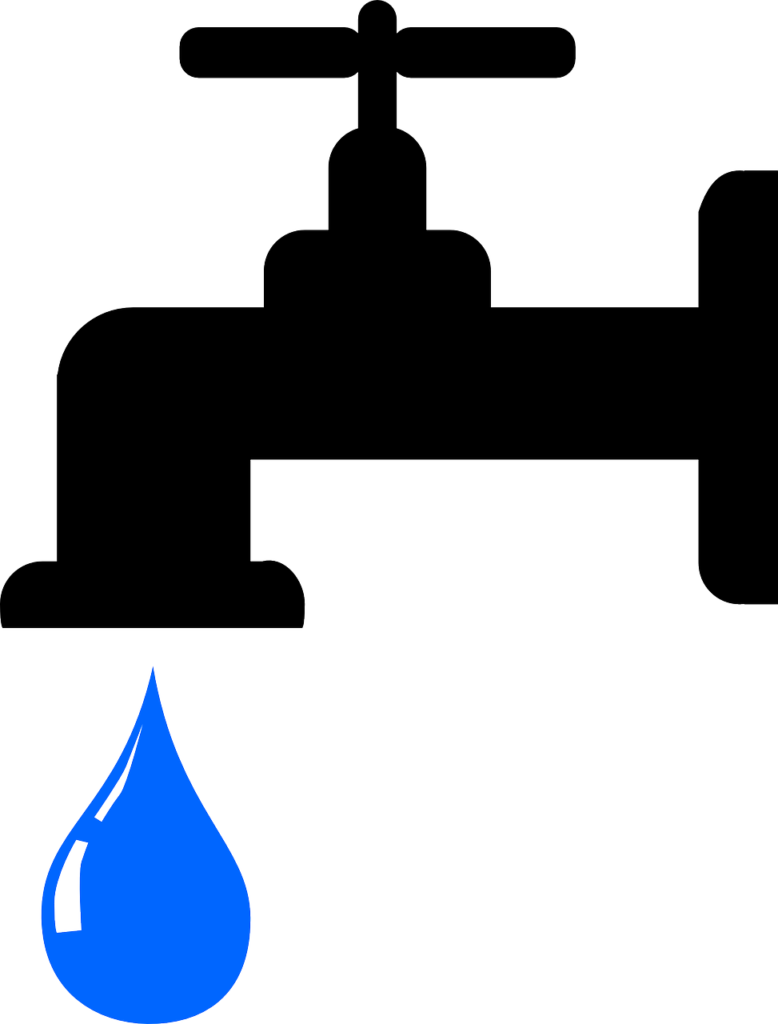
Input is when we give information to a computer and when that information goes into it.
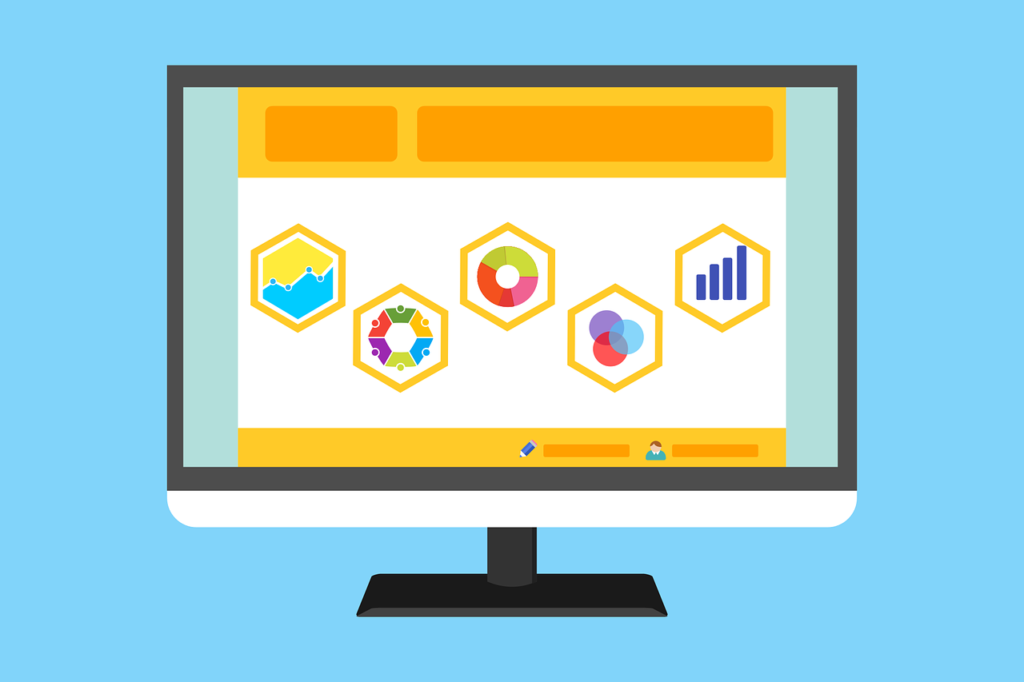
Loop Is to do something over and over again within a sequence of instructions.
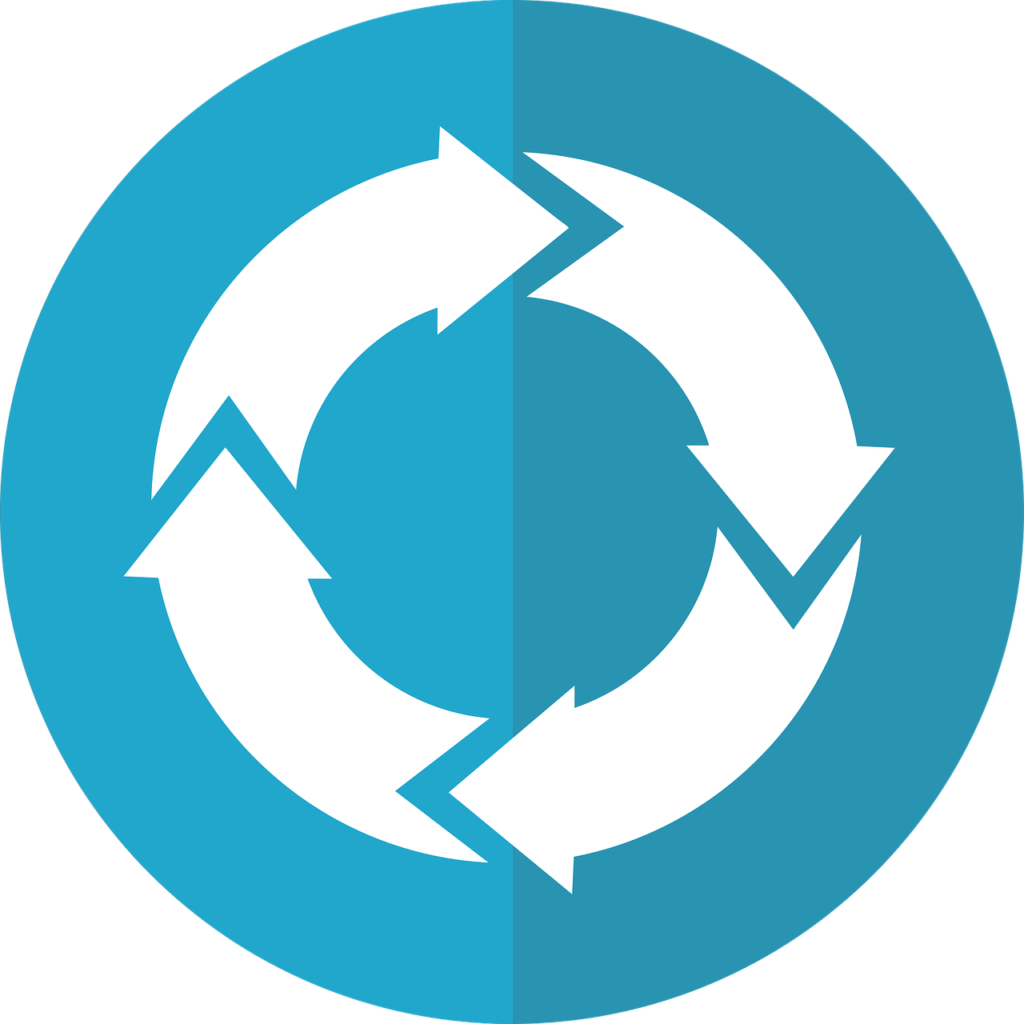
Output is when we take information from the computer, such as an image and a sound, using a printer, a speaker, etc.

Program is a set of instructions in an ordered sequence in order to execute some user-specified tasks.
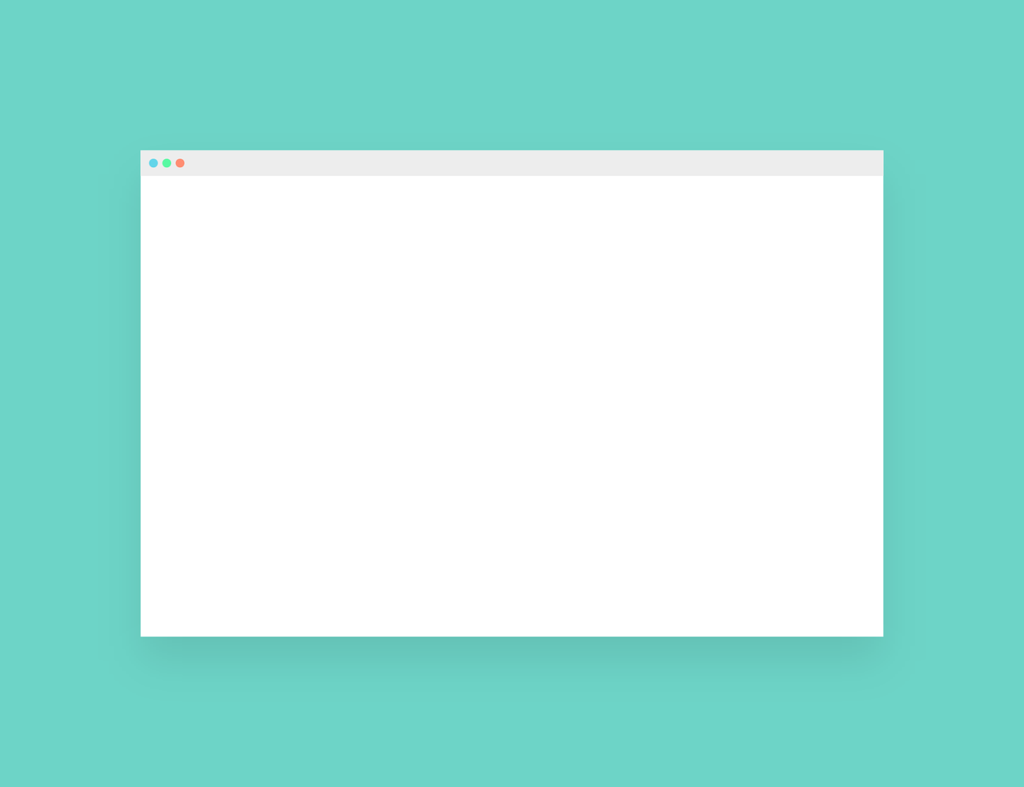
Constants as its name says it has a value that cannot be changed while the program is running.
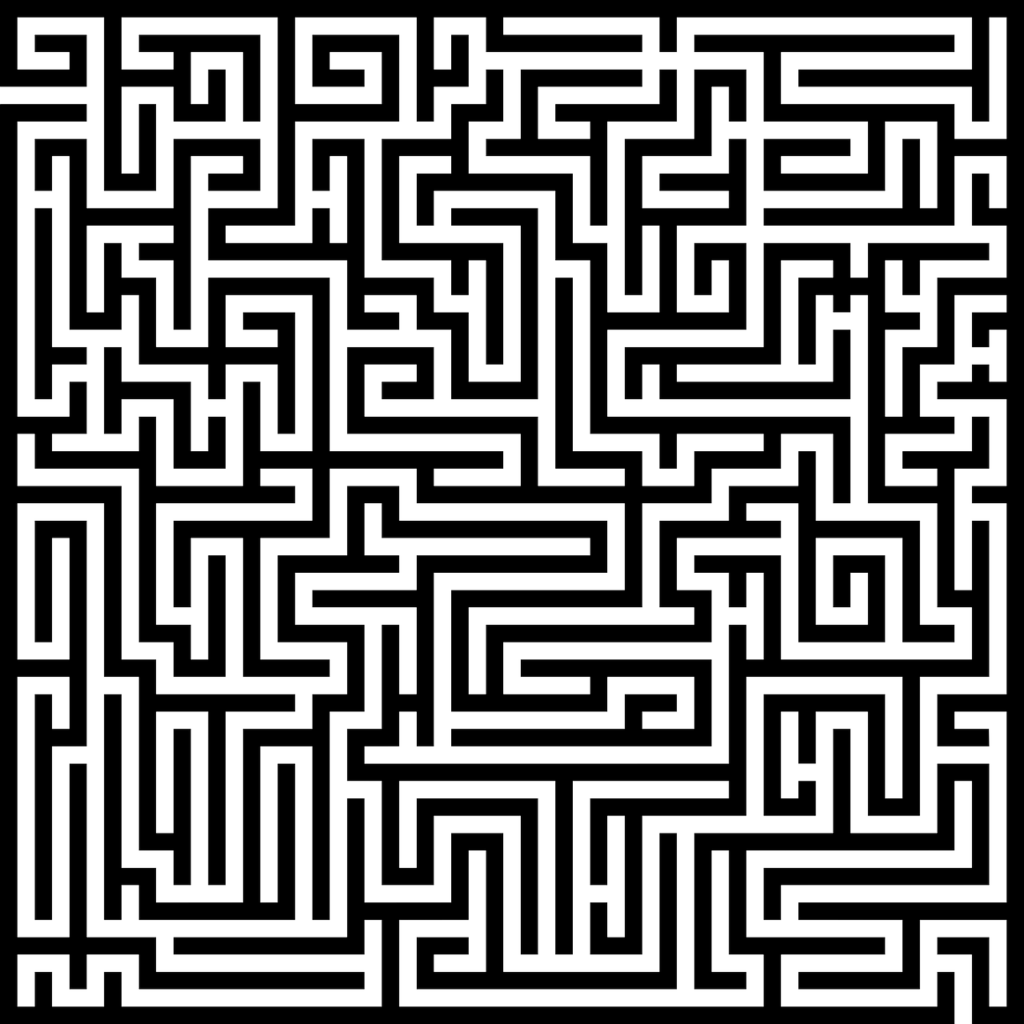
Data is the information that we can input and output through the computer.
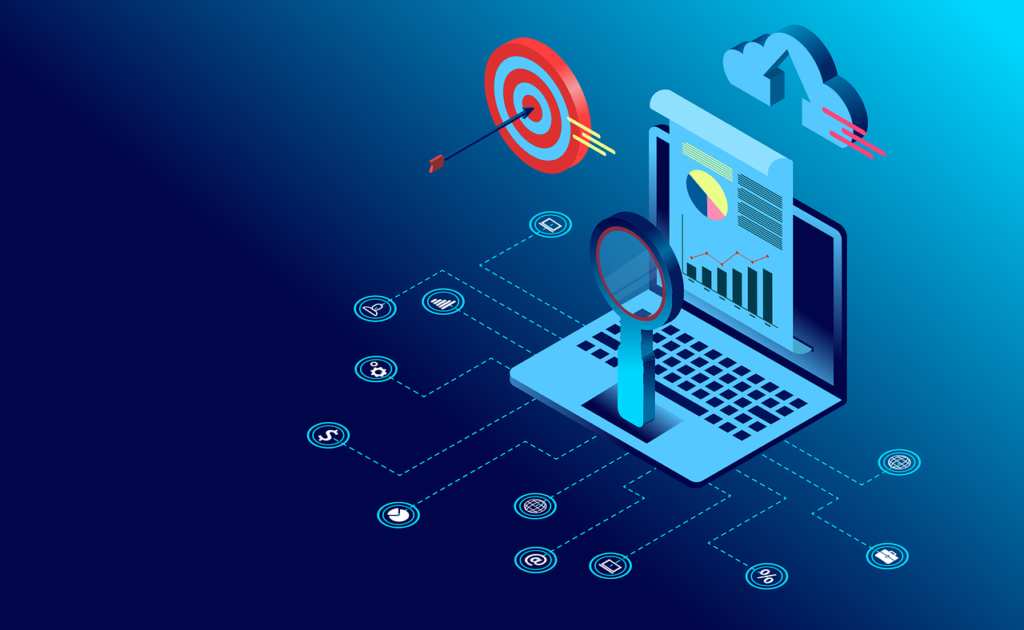
Iteration is a repetitive action.

Operand is the data to be operated on or manipulated by some operator.
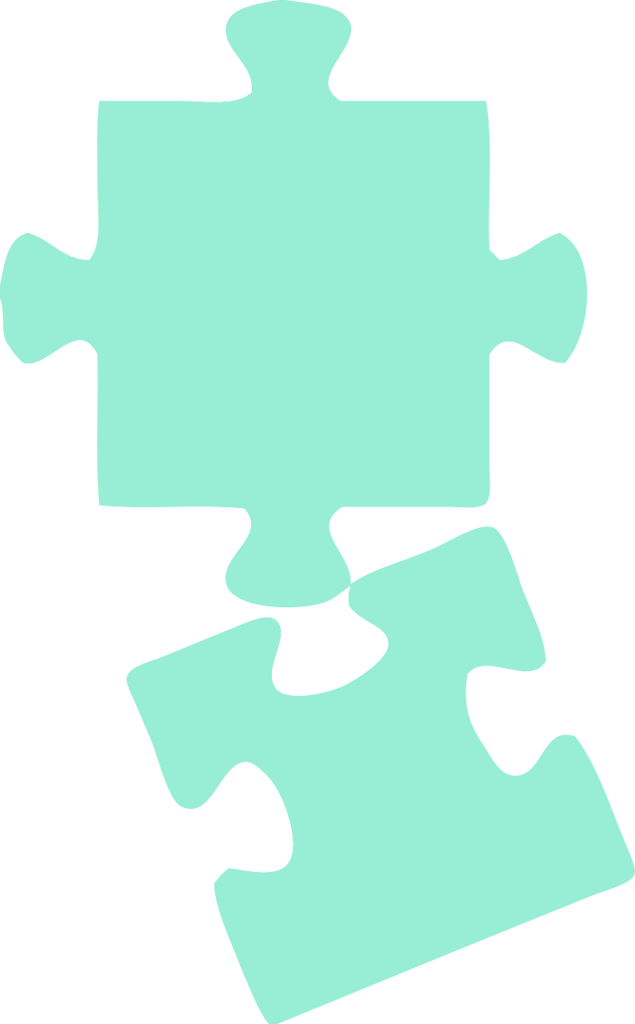
Parameters are pieces of data that are the values of the arguments with which the function will be called/invoked.
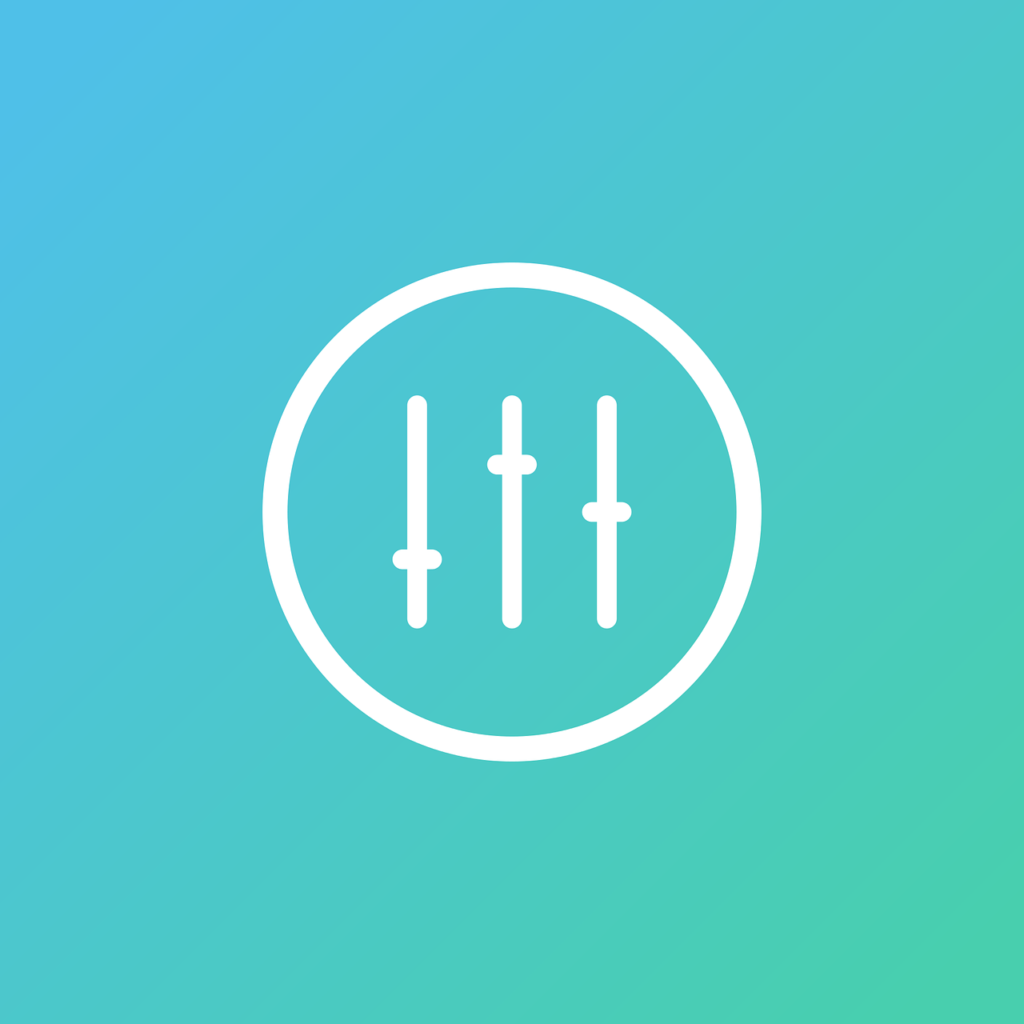
Conclusion
We hope you have found the most important terms related to coding explained in an easy way that a little kid could understand.
For more terms related to coding, you can visit https://code.org/curriculum/docs/k-5/glossary.
Related Topics
Here we can find some important activities to share with your kids:
- ScratchJr Interface
- Easy Games to Make on Scratch
- Motions and Drawings
- Easy Scratch Project: Let’s do it
- Easy games to create on Scratch step-by-step
Most of the ideas expressed in this article are from a lesson in the course Teaching Programming to 5- to 11-year-olds.